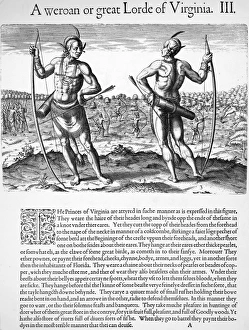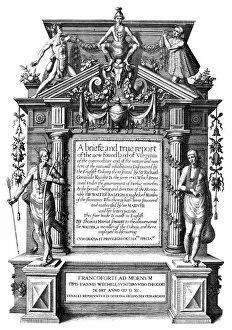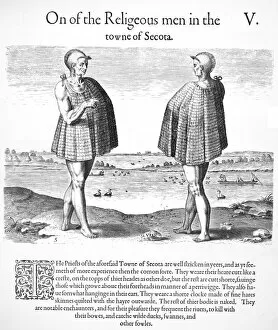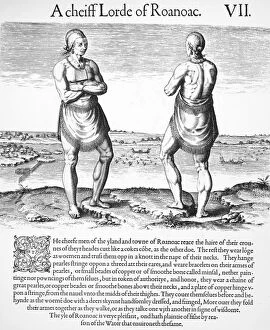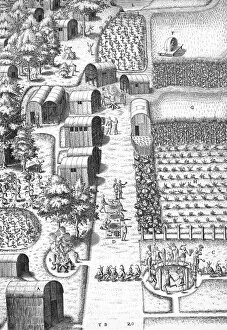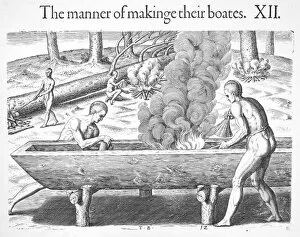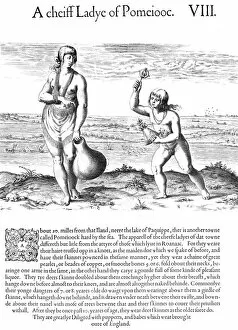New Found Land Of Virginia Collection
"Exploring the New Found Land of Virginia: A Glimpse into Native American Life" In the late 16th century
All Professionally Made to Order for Quick Shipping
"Exploring the New Found Land of Virginia: A Glimpse into Native American Life" In the late 16th century, a group of English explorers set foot on the shores of what would become known as Virginia. Led by John White and accompanied by Thomas Harriot, they embarked on a journey that would forever change their understanding of this new land. Their encounters with the native inhabitants left a lasting impression. The Weroan, or great Lordes of Virginia, showcased their power and authority over their people. Through line engravings by Theodore de Bry after John White's sketches, we catch a glimpse into the lives of these indigenous leaders. Harriot's report shed light on the customs and traditions of these Native Americans. From religious men in Secota to Powhatan women in Pomeiooc Village, each engraving tells a story about their daily lives and unique cultural practices. The map depicting Chesapeake Bay reveals the geographical significance of this region for both settlers and natives alike. It served as a vital lifeline for trade and sustenance. One cannot overlook the importance of food in understanding any culture. The depiction of Powhatan Native Americans cooking fish over an open flame showcases their culinary skills while highlighting their resourcefulness in utilizing nature's bounty. The village scenes provide insight into communal living structures such as Secoton Village—a testament to how these tribes thrived through cooperation and unity. Perhaps one image that stands out is that of Powhatan Native Americans making dugout canoes—an art form passed down through generations. This skill allowed them to navigate waterways with ease, expanding their reach across vast territories. As we delve deeper into these historical records from 1590, it becomes clear that there was much more to discover about this "New Found Land. " The interactions between European explorers like White and Harriot with native communities laid the foundation for future settlements but also highlighted the rich tapestry of indigenous cultures that existed long before their arrival.

